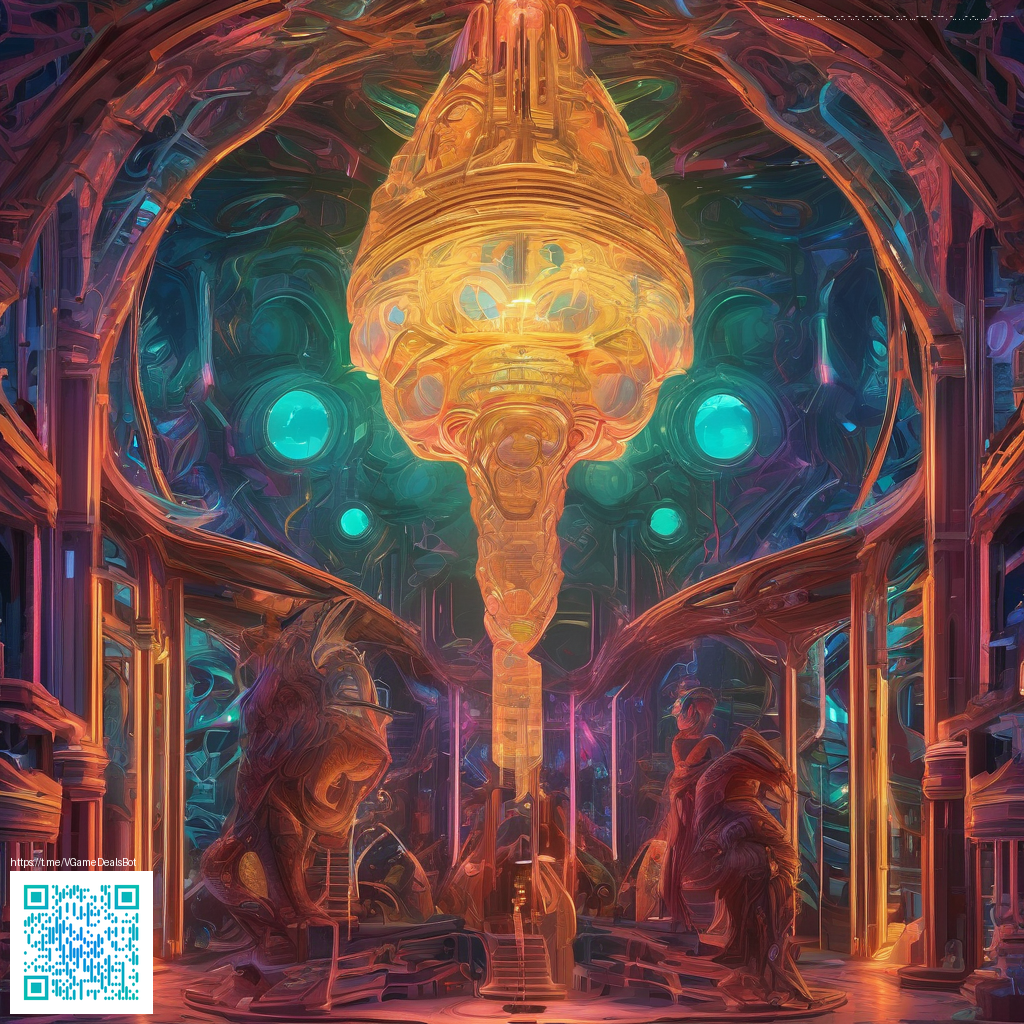
From tiles to textures: mastering seamless patterns for digital papers
Seamless patterns form the backbone of versatile digital papers, enabling artists and designers to craft backgrounds, textures, and motifs that repeat endlessly without harsh edges. When you nail the tiling, you unlock the freedom to experiment with color, scale, and composition without worrying about seams breaking the illusion. This is especially valuable for digital planners, scrapbooking kits, and website assets where consistency across surfaces matters as much as the initial motif.
Whether you’re designing a repeating wallpaper for a digital notebook or creating a tile-based background for a product showcase, understanding how a pattern tiles helps you predict how it will look in real-world use. The goal is a tile that feels complete on its own, but that also dissolves into a cohesive field when repeated. It’s a balance of focal points, negative space, and edge logic that, once mastered, can become second nature.
Core techniques for seamless tiling
Begin with a square base—the classic starting point that ensures predictable repetition. A common approach is to design within a 1024 × 1024 px tile, then test the repeat. The key is edge compatibility: elements that touch the left edge should seamlessly appear on the right, and top edge elements should align with the bottom. Here are practical steps you can follow in your favorite design tool:
- Place central motifs away from the edges so surprises don’t crowd the corners.
- Use guides to mirror edge elements, ensuring that patterns wrap cleanly when tiled.
- Apply an offset test (shift the tile by 50% in both axes) to reveal any seams and address them with mirrored or cloned edges.
- Maintain a restrained color palette to preserve flexibility when the pattern is applied to different surfaces.
- Export multiple versions (monochrome, color, and high-contrast) to cover varied digital paper contexts.
As you experiment, keep the rhythm of your elements in mind. A repeating bead, leaf, or geometric unit should feel natural both up close and from a distance. Subtle shifts in scale or rotation can add depth without sacrificing seamlessness.
Tip: Always preview your tile at multiple sizes—tiny swatches and large banners—to ensure the stitching remains invisible across contexts. Real-world usage often reveals edge cases you hadn’t anticipated.
For designers exploring tactile aesthetics, textures can inspire how you approach edge behavior. The concept translates well when you bring natural materials into digital patterns, guiding your decisions about shading, highlight, and shadow so that the tile reads as a cohesive surface rather than a collection of parts.
Texture direction and material inspiration
Texture direction isn’t just about repeating shapes; it’s about the sensory story your pattern tells. If your project nods to sustainable or handmade materials, think about how subtle grain, crosshatch, or micro-rasp textures translate into the tile. A mood revolves around rhythm—alternating bands, speckled specks, or faint embossed lines can all tile gracefully when designed with seamless transitions in mind. For practitioners looking to connect digital patterns with tangible products, consider how a real-world texture can inform edge behavior, shading, and color depth.
As an example of material-inspired visuals, consider a product like the Biodegradable Eco Phone Skin — Vegan Paper Leather Back Sticker. This reference demonstrates how natural textures can be rendered in a tile-friendly way, offering a tactile cue that translates well into digital papers. If you want to learn more about that particular product, you can explore it here: https://shopify.digital-vault.xyz/products/biodegradable-eco-phone-skin-vegan-paper-leather-back-sticker.
Inspiration also comes from rendered showcases and design galleries. A practical live reference for pattern-inspired visuals can be found on a design page at https://coral-images.zero-static.xyz/3d010ef6.html, where you’ll see how cohesive art direction translates into repeating motifs and curated color stories.